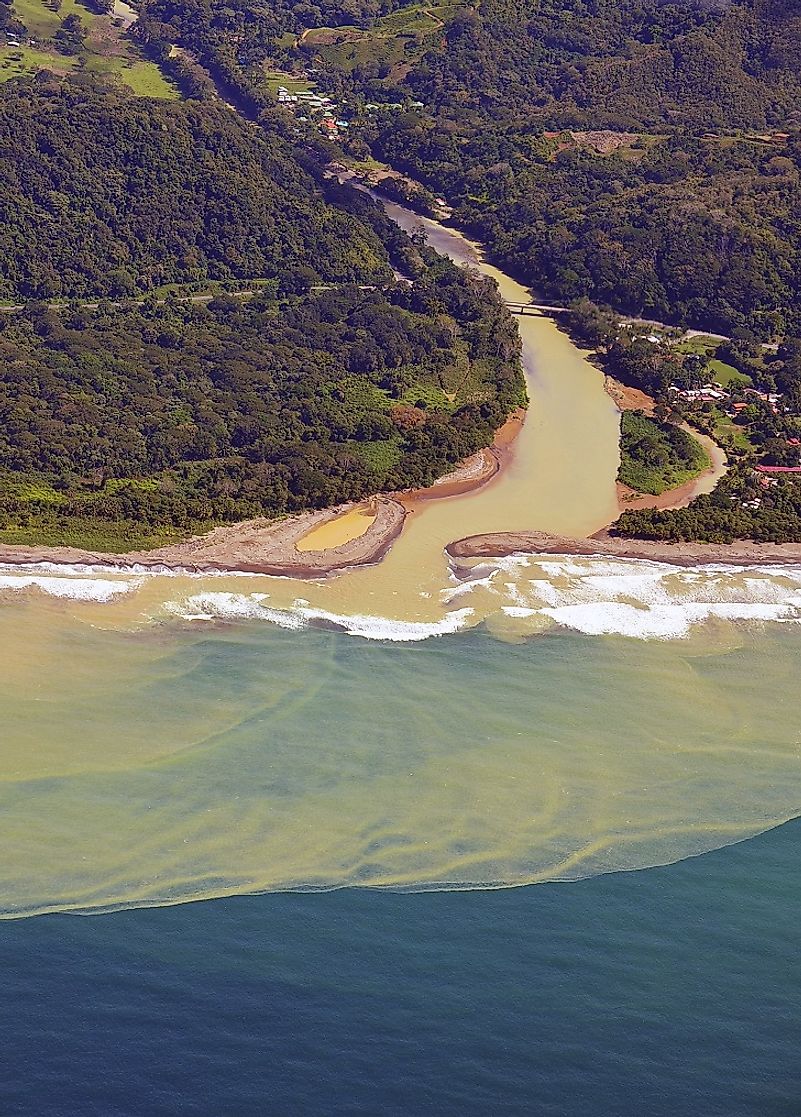What Is Silt, And How Does it Impact The Environment?

5. Geological Classification
Silt is somewhere between the size of sand and clay, and is an important component in the sedimentary dynamics of rivers. Silt comes in several forms. It might be found in the soil underwater or as sediment suspended in river water. Silt is geologically classified by its grain size and texture going through a sieve. Letters are assigned to the grain of soil, whether it is gravel, sand, silt, clay, or organic. Then, it is further delineated as to whether the sample is poorly graded, well-graded, has a high plasticity, or low plasticity. The sample composition is determined by passing it through differently sized sieves, and the result is classified with the combination of letters assigned to it based on its physiochemical characteristics.
4. Chemical Composition
Silt is an aggregation that comes mainly from feldspar and quartz, although some other minerals could also be part of its composition. The erosion of these source minerals by ice and water starts the transformation that eventually turns these broken minerals into silt that are no more than .002 inches across. Silt, sand, clay, and gravel all mix to form soil. Silt is also determined by the naked eye and touch by its slippery, non-sticky feel when wet, as opposed to clay, sand, or gravel. It has a flour-like consistency when dry. Silt is found more in semi-dry environments than anywhere else.
3. Role in Agriculture
In its dry state, silt is a fine powdery substance that is much like dust. It is easily carried in the air by wind, and may be transported many miles away. This enables silt to convert unproductive land into fertile land as it is deposited. This is similar to desert dust that settles in ocean waters and rivers that becomes part of the ecosystem. This action enriches the waters and agricultural lands, much like the ancient annual flooding of the Nile River and the Mississippi River Delta siltation in the United States that in turn supported the rich harvests of crops. "Silt stones" can also be produced by the compression of silt deposits. Silt stones have building and garden uses due to their light weight. It is also used to make mortar and natural cement, as well as in soil conditioners.
2. Harmful Impacts of Silt
Siltation occurs as a result of human activities that leads to fine soil leaching into nearby rivers. This results in an unnaturally large accumulation of silt that stays in that particular area of that river. Rainstorms may also transport these soils into other water sources. Sensitive marine life and freshwater fish may be affected by suspended silt in their native waters. Benthic organisms such as coral, oysters, shrimps, and mussels are especially affected by silt, as they are filter feeders that may literally become "choked up" by silt-laden waters. Waterways and irrigation canals could also become affected in their functions by silt accumulations. Other harmful impacts of siltation are human health concerns, the loss of wetlands, coastline alterations, and changes in fish migratory patterns.
1. How Human Practices Affect Natural Sedimentation
Human activities all contribute to enrich natural sedimentation and cause sediment deficiency in rivers, lakes, and oceans. Some sources of increased sedimentation are given rise to by construction activities that require the clearing of land, river dredging, offshore dumping, and climate change. These activities all contribute to the pollution and degradation of aquatic resources. On the other hand, sedimentation control can be achieved by improved land use practices such as modified cropping, terracing, low tillage farming, creating buffer zones, and wetland conservation. Sedimentation is a crucial component of life in an aquatic ecosystem, but sedimentation can also damage the aquatic ecosystem. Even the United Nations recently acknowledged the importance of sediment flows in aquatic ecosystems.











